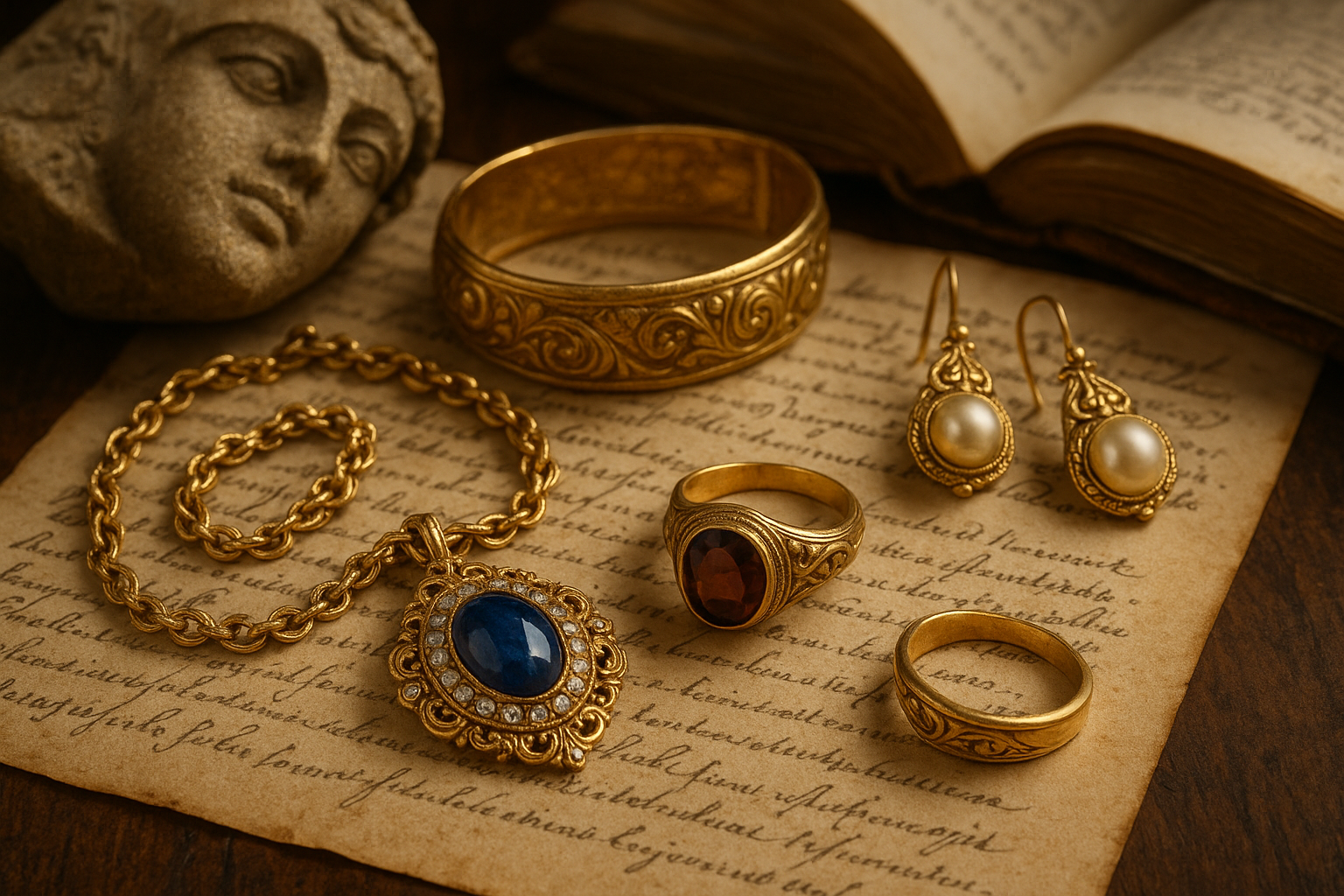
Jewelry has fascinated humans for thousands of years, serving as a symbol of beauty, power, status, and personal expression. From the earliest adornments made of bones and shells to contemporary luxury pieces crafted with advanced techniques, jewelry reflects both artistry and cultural values across time. Understanding the history of jewelry not only highlights the evolution of design and materials but also provides insight into the societal, spiritual, and economic contexts of each era.
Some of the earliest known jewelry comes from ancient civilizations such as Mesopotamia, Egypt, and Greece.
Fun Fact: In ancient Egypt, gold was considered the flesh of the gods, making gold jewelry a sign of divine connection and royalty.
During the Middle Ages, jewelry became a marker of wealth and power, reserved primarily for royalty and the elite.
Examples: Gem-encrusted rings, medallions with portraits, and ornate necklaces were popular among nobility across Europe.
The Industrial Revolution and advances in technology transformed the jewelry industry.
Examples: Minimalist gold chains, statement gemstone rings, mixed-metal layering pieces, and sustainable designs are now part of everyday fashion.
From ancient amulets to Renaissance masterpieces and modern luxury collections, jewelry has continually evolved while maintaining its role as a symbol of artistry, culture, and personal expression. Wearing jewelry today connects us to centuries of craftsmanship, creativity, and human history, allowing us to honor tradition while expressing our individuality.
Whether you’re drawn to classic elegance or bold, contemporary designs, every piece of jewelry carries a story—and a legacy that spans thousands of years.